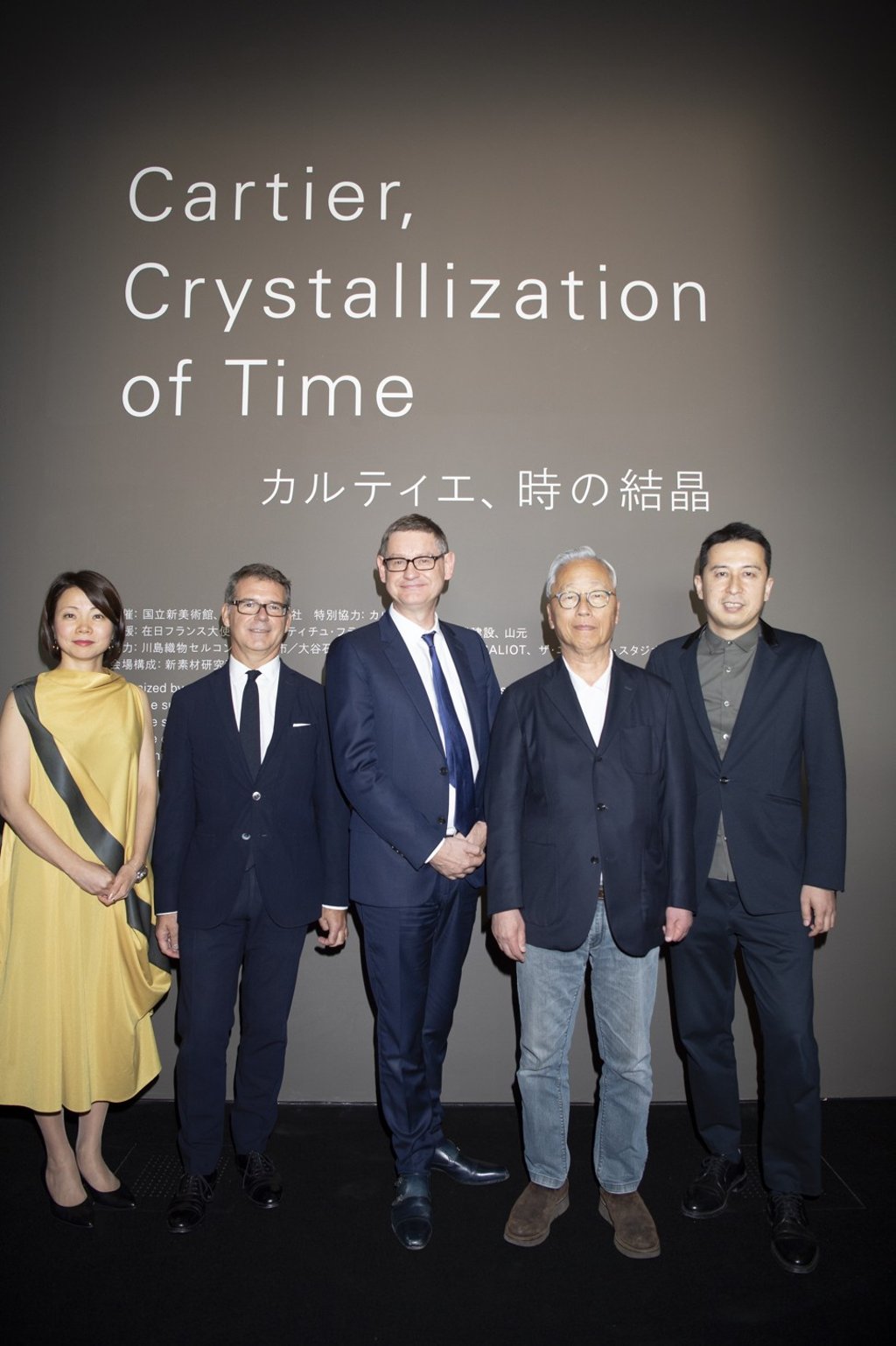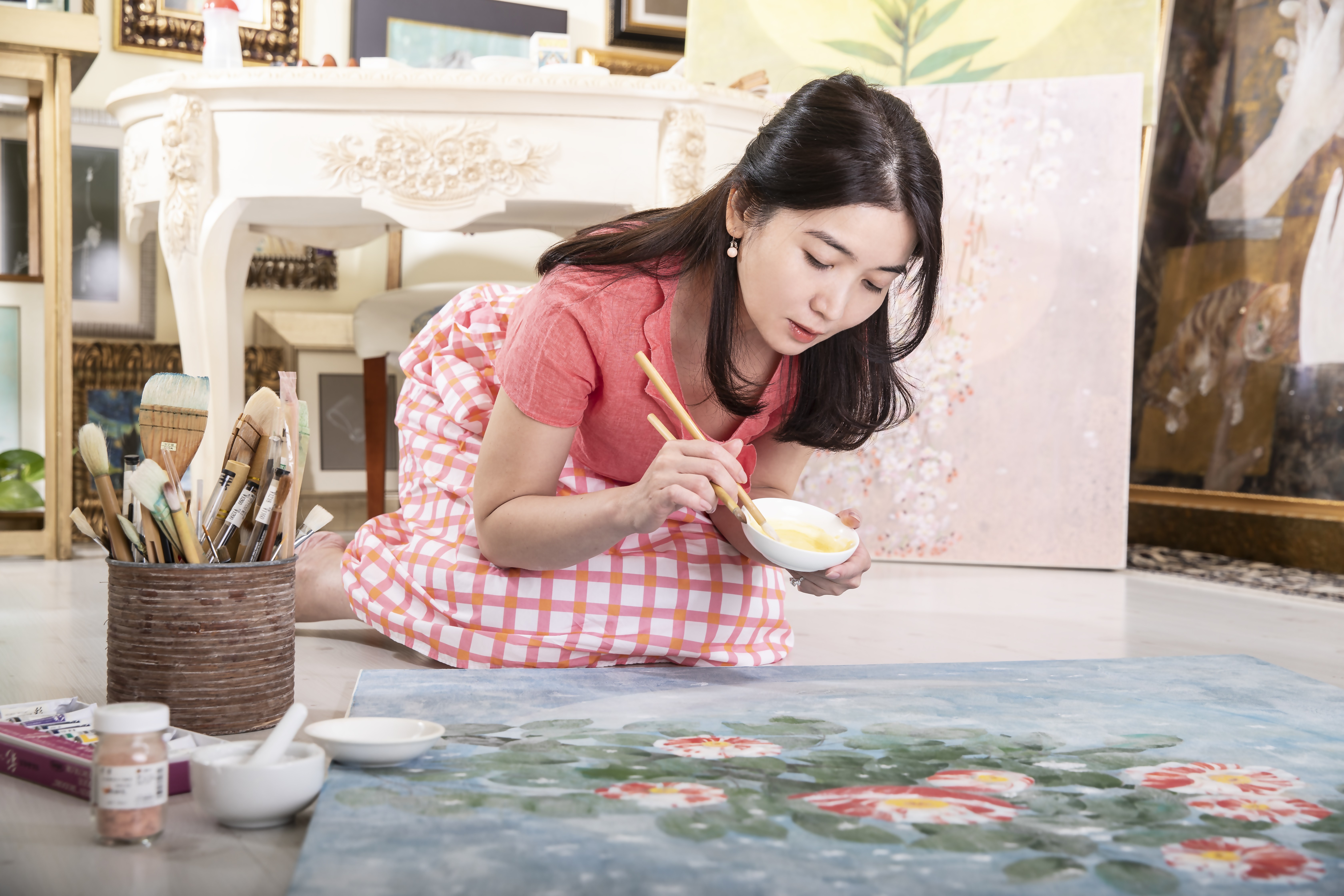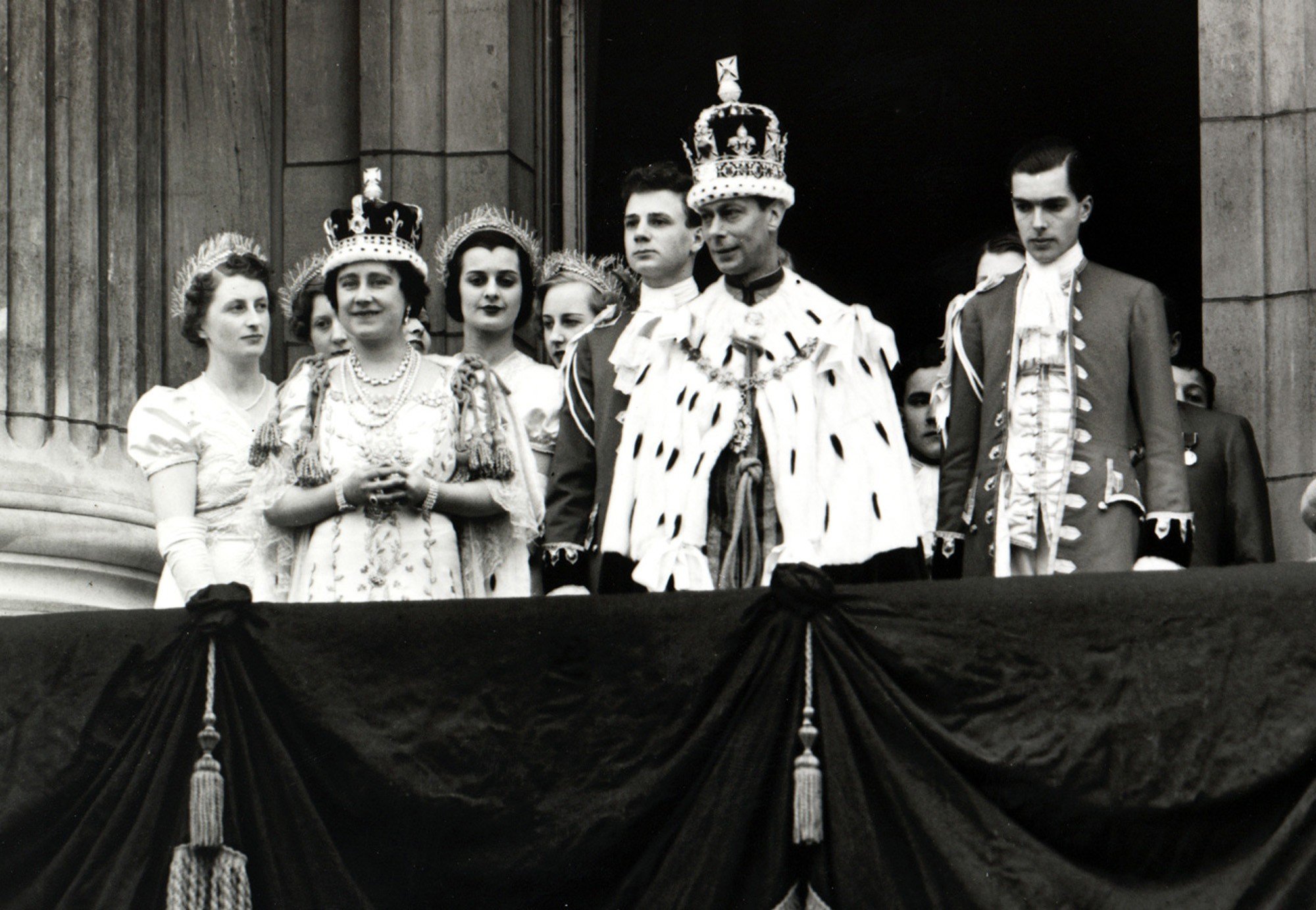How Cartier’s ‘Crystallization of Time’ puts the spotlight on the French jewellery house’s contemporary designs
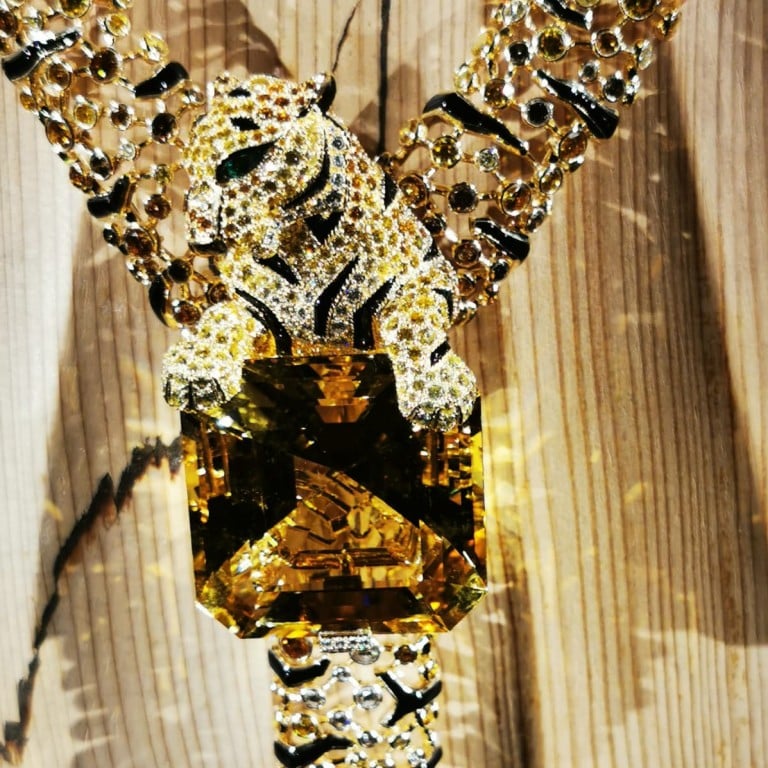
A history of Cartier jewellery spanning several decades, the Tokyo exhibition highlights jewellery and watches that have been influenced by Egypt, China, India and the Middle East
French jeweller Cartier has collaborated with architectural firm New Material Research Laboratory and the National Art Center in Tokyo (NACT) to present “Cartier, Crystallization of Time”, an exhibition of its contemporary watches and jewellery that runs until December 16, 2019.
The world of high jewellery has always been a juxtaposition of time: the latest creative imaginations brought to life with gemstones that can take more than a million years to form under the surface of the earth.
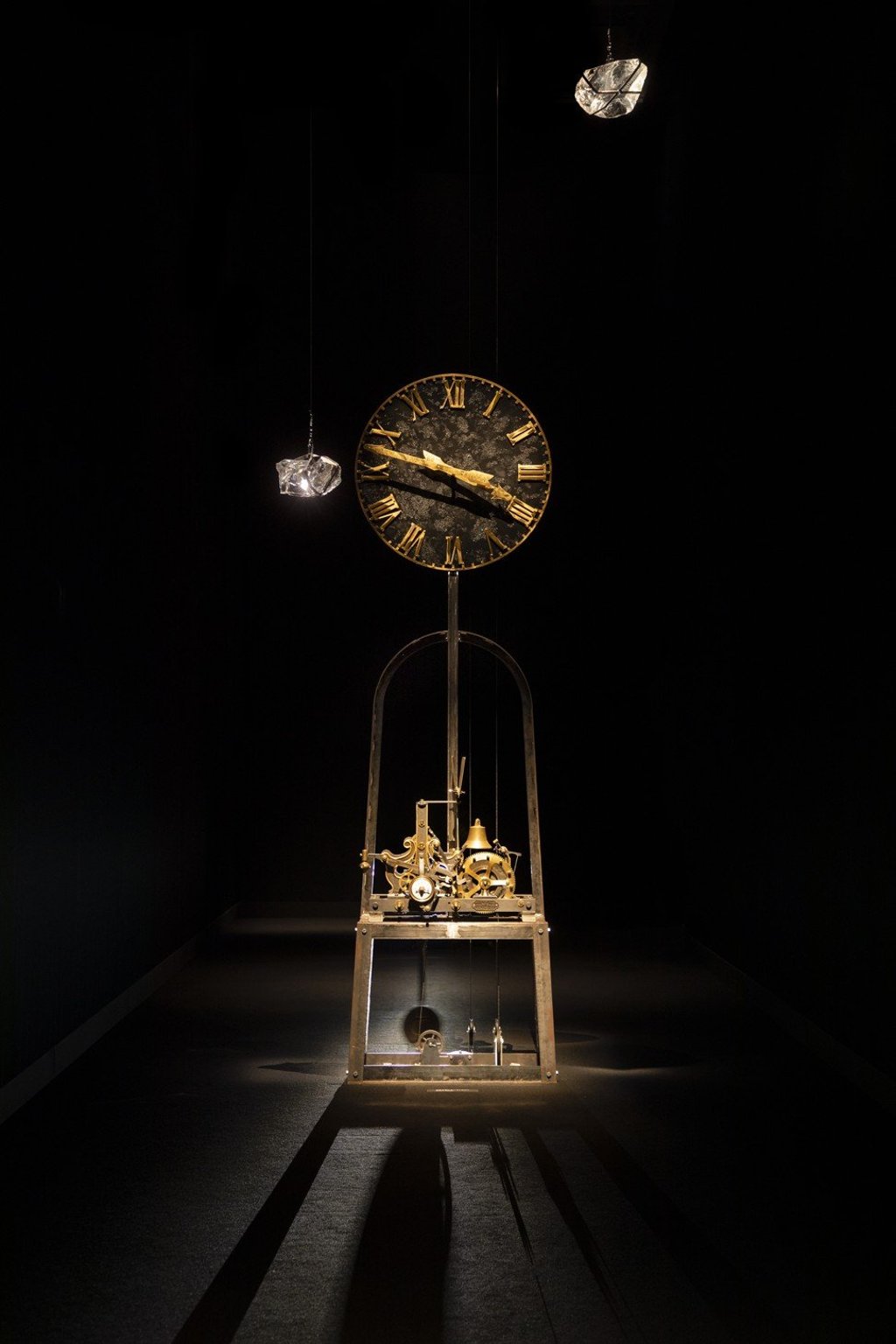
“Cartier has its past, present and future, yet its creations kind of transcend time. And these gemstones have a long history, much longer than a human being. It’s such a miracle to have a gemstone. I thought it would be interesting if we could use the theme of time for the exhibition,” says NACT curator Yayoi Motohashi.
“The brand has done many exhibitions before, and they usually concentrated on history and the more historical pieces from the Cartier archives. We wanted to make this very different; [Japan doesn’t] have a long history of jewellery, more on textiles. So we thought, let’s show these contemporary pieces instead.”
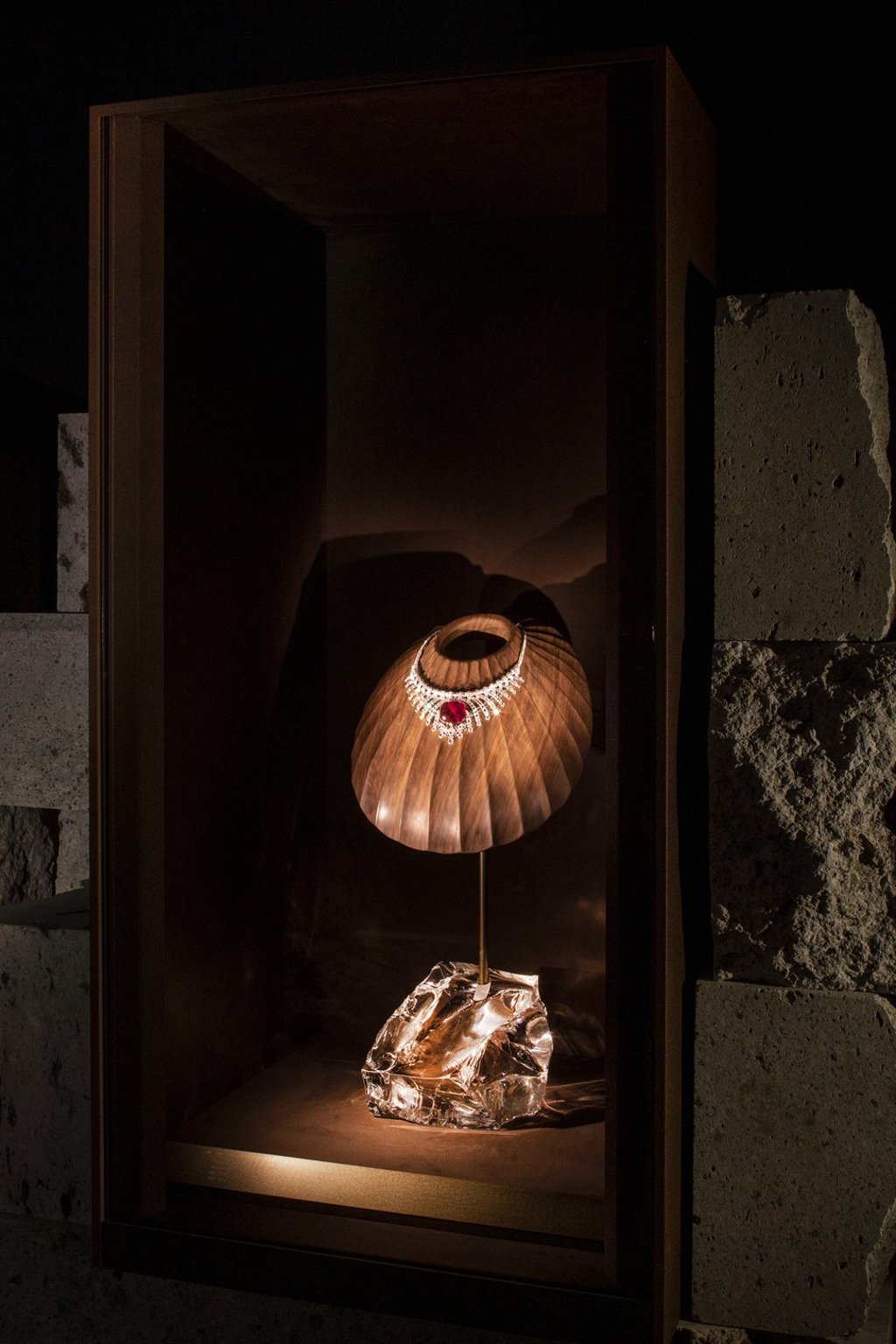
Hence, in a rare exploration for the French maison, “Cartier, Crystallization of Time” on contemporary works from the 1970s onwards, the exhibition is not contained within just one era. The pieces on display are tied together with numerous creative threads and influences which can be traced back through time.
The exhibition is divided into three chapters: “Material Transformations and Colours”; “Forms and Designs”; and “Universal Curiosity”. A backward clock by Hiroshi Sugimoto of New Material Research Laboratory, which provided the scenography for the exhibition, and a “prologue” of the maison’s iconic mystery and prism clocks, with some treasure pieces displayed alongside Japanese antiques, sets the theme of time for the exhibition.
